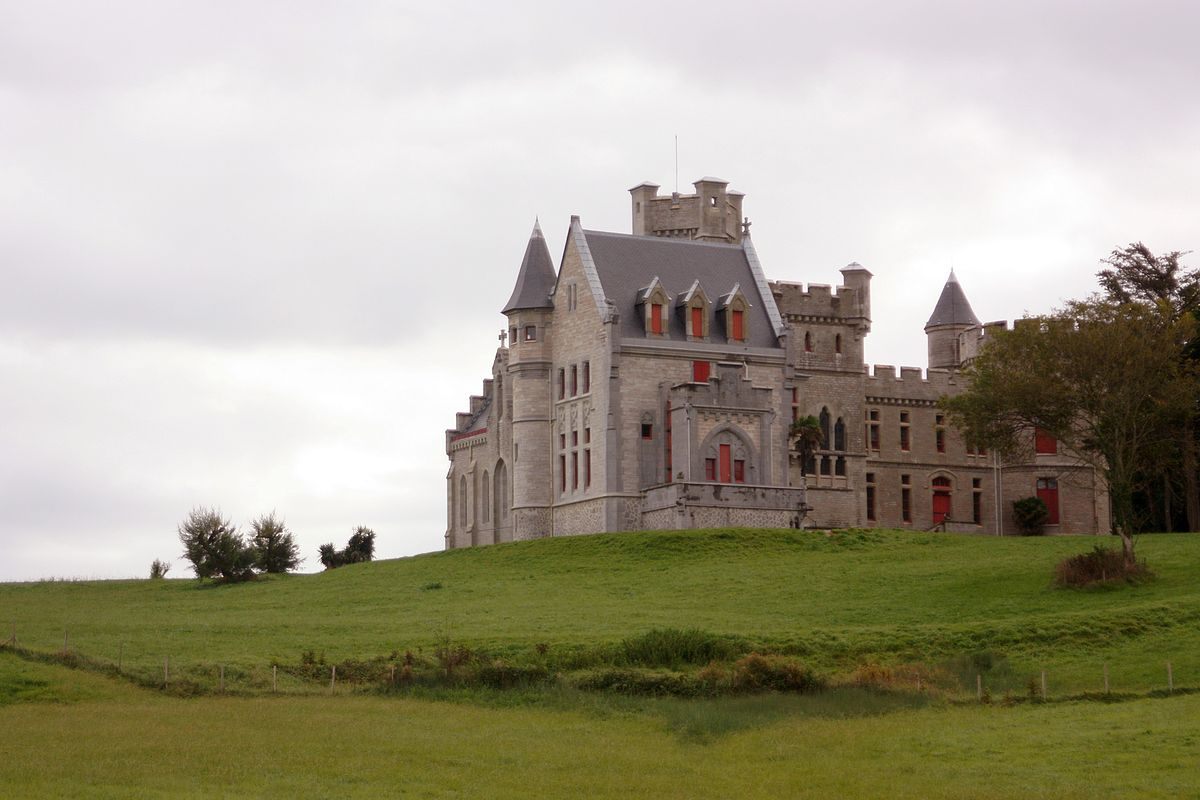The man who made Château d’Abbadie, Antoine Thomson d’Abbadie d’Arrast was a remarkable 19th-century scholar with a deep love for astronomy, languages, exploration, anthropology, and politics. Born into a noble family with an Irish mother and a Basque father, he inherited a beautiful estate overlooking the Atlantic Ocean. Here, he built a unique castle that wasn’t just a home, but also an observatory—a place that perfectly captured his many passions.


The Neo-Gothic Abbadia Castle, built between 1864 and 1879, was designed by the famous architect Eugène Viollet-le-Duc, who is well-known for restoring medieval landmarks like the Notre-Dame Cathedral. The château has three distinct sections, each with its own purpose. The most striking part is the large scientific library and observatory, which holds a rare meridian telescope used to study the stars. The other sections include private living quarters for d’Abbadie and his wife, as well as a chapel that was used by both the noble couple and the farmers on their estate.


The Castle of Abbadia is richly decorated with gargoyles, animals, symbols, and inscriptions in various languages, all of which reflect the life and achievements of its owner, Antoine Thomson d’Abbadie. The hallway is particularly captivating, featuring paintings inspired by d’Abbadie’s many travels in Ethiopia. Each room in the castle is uniquely themed, showcasing multicultural designs with ornate decorations such as mosaics, oriental patterns, and medieval-style furniture, all tailored to represent different cultures.
Today, Abbadia is a recognized national heritage site and is owned by the French Academy of Sciences.











